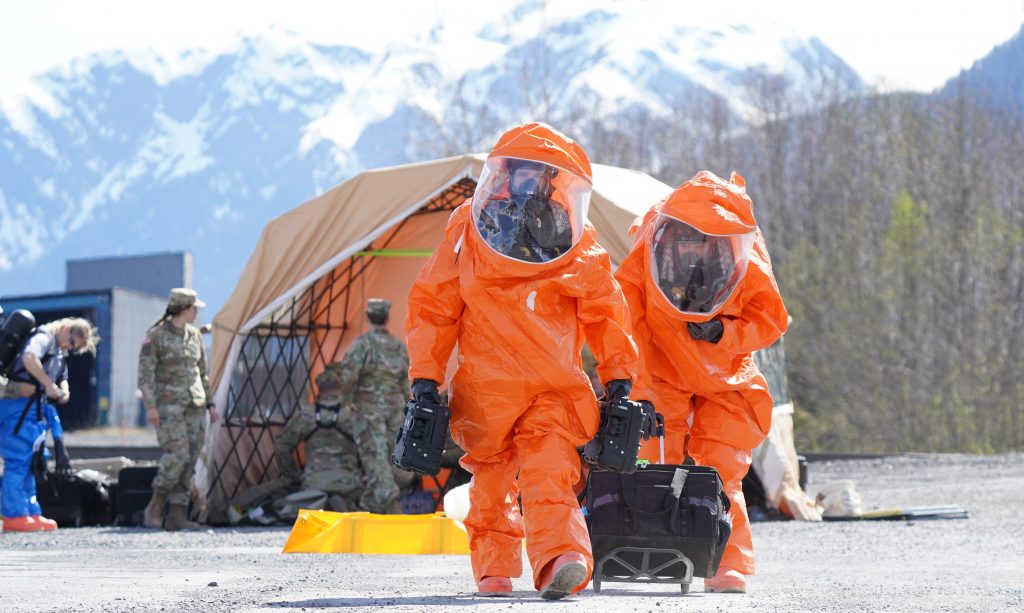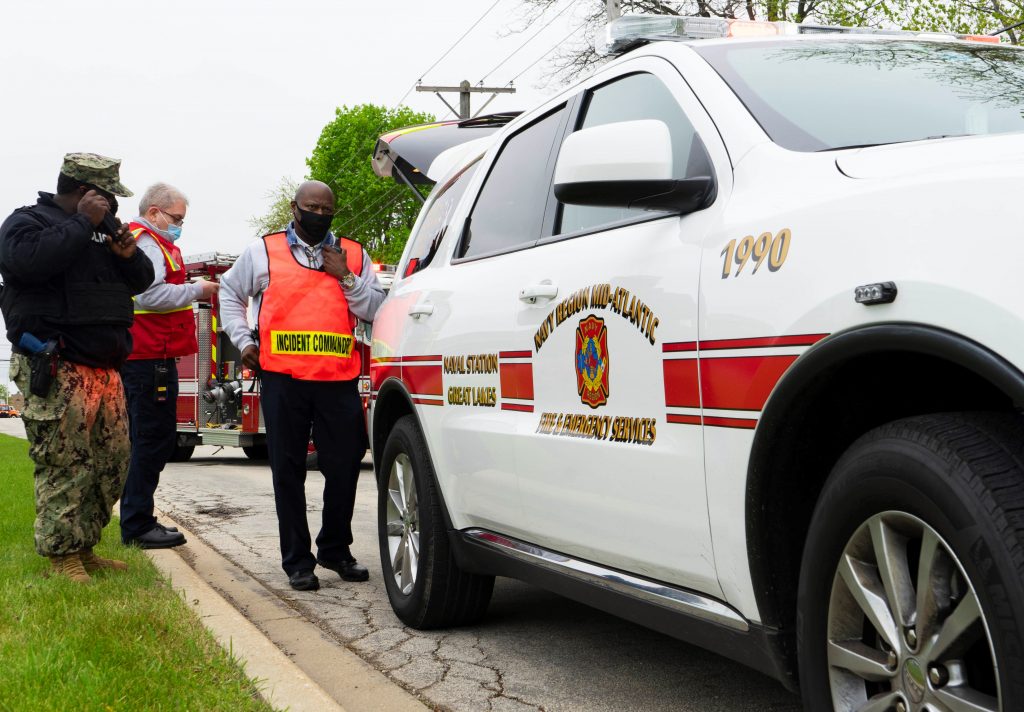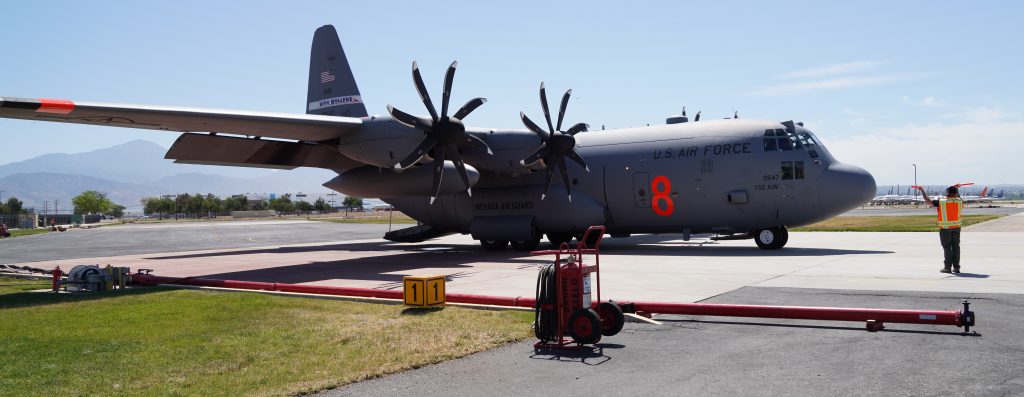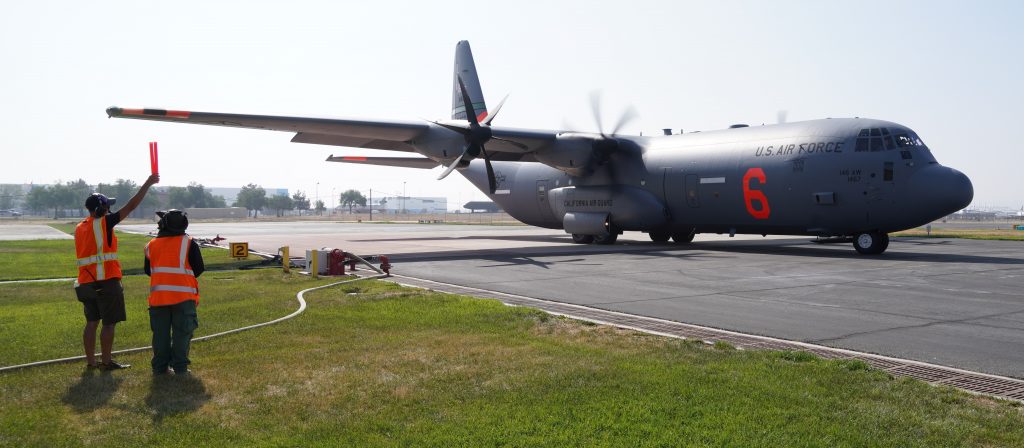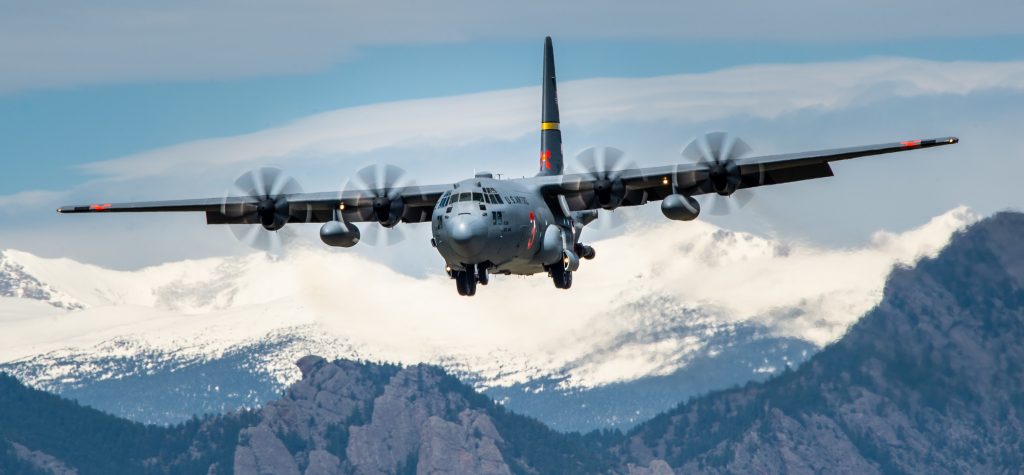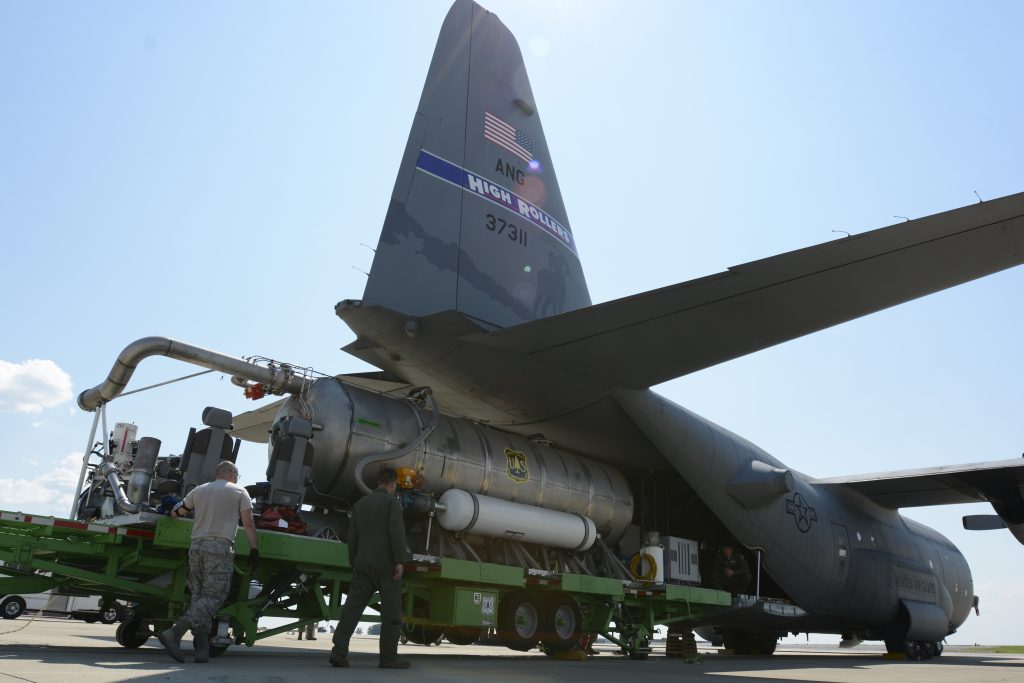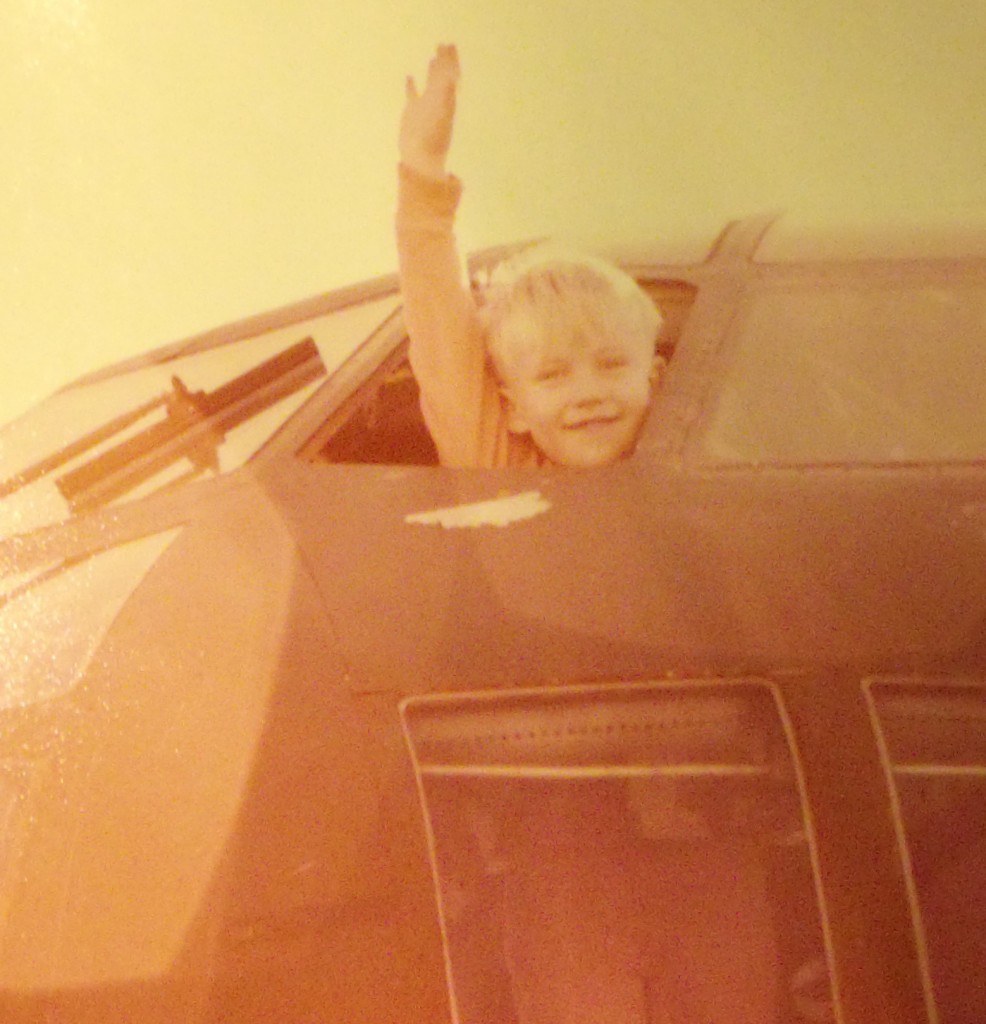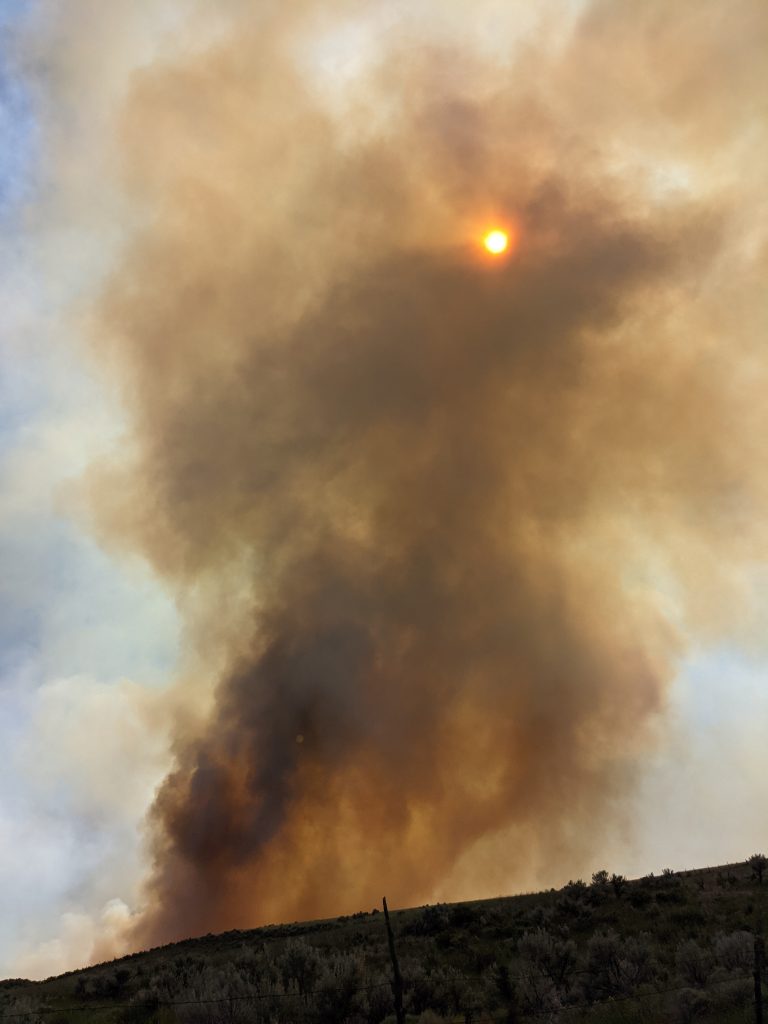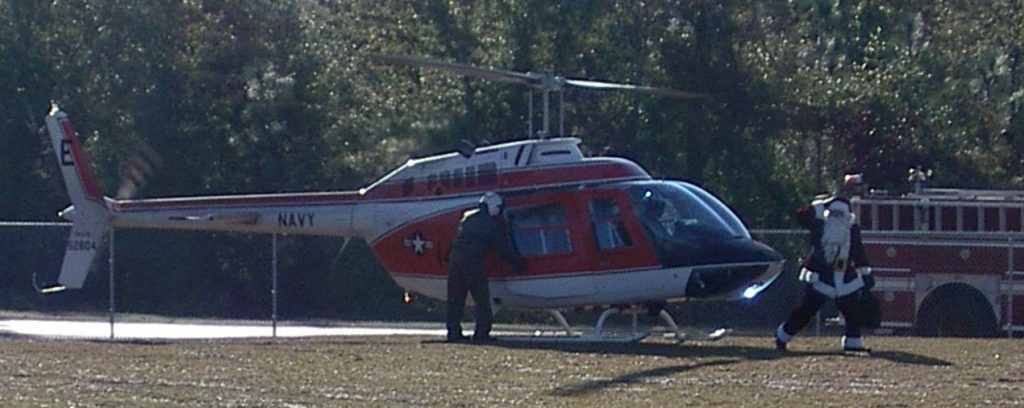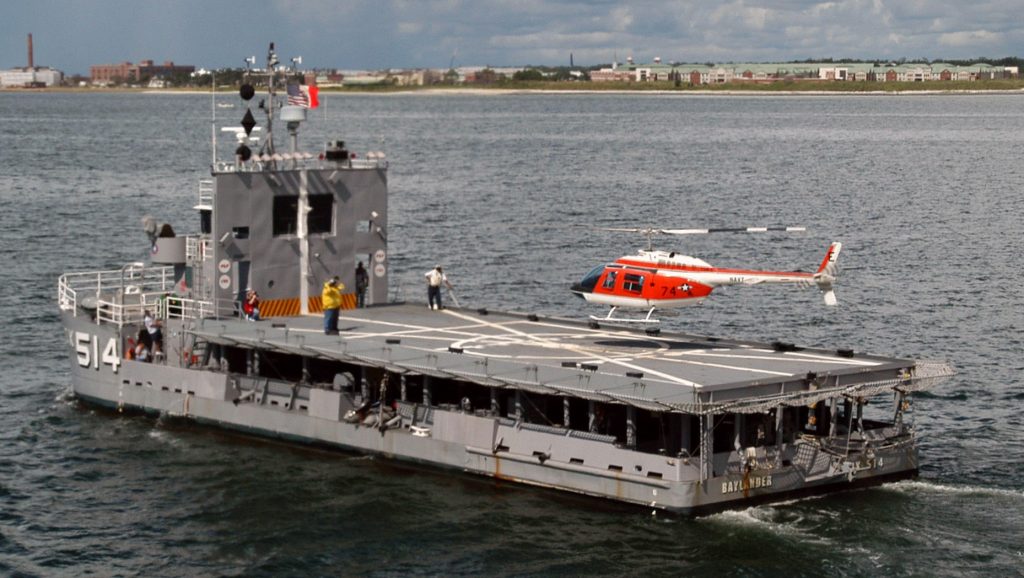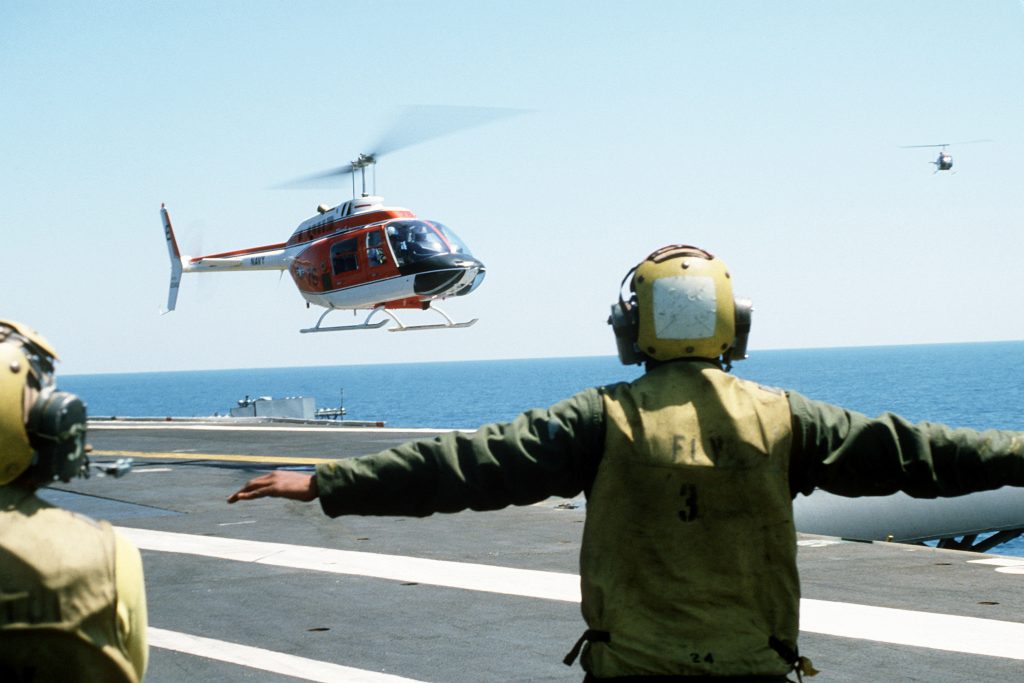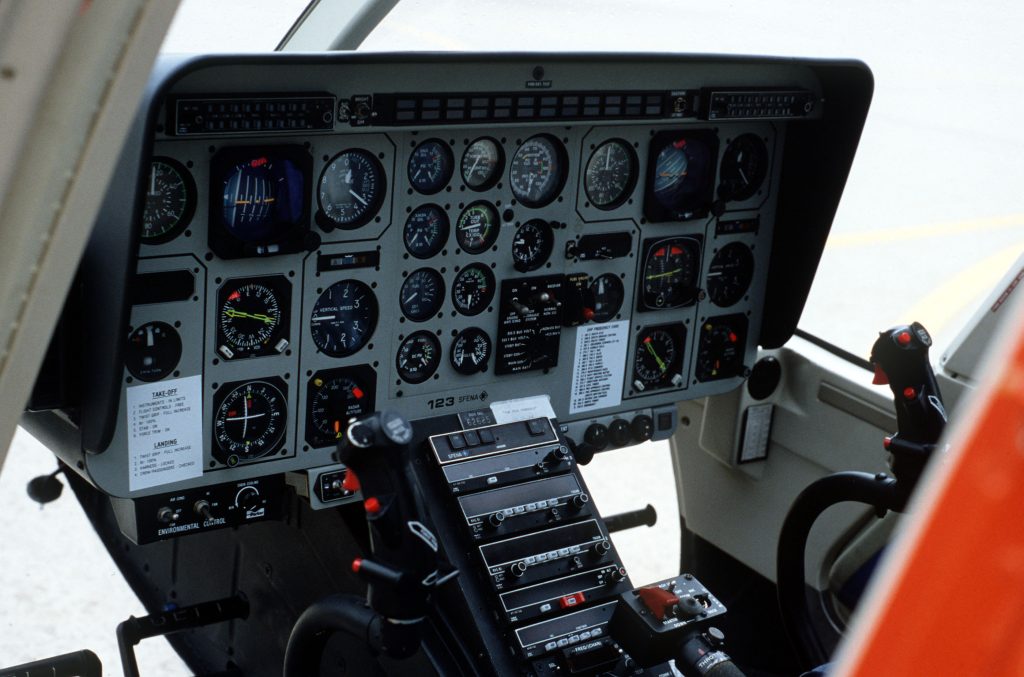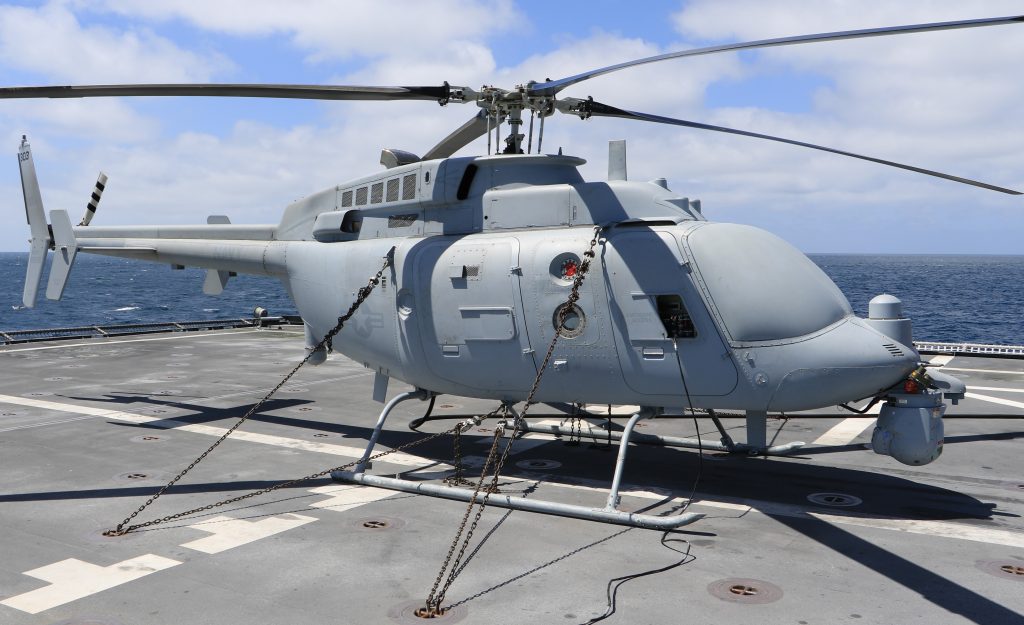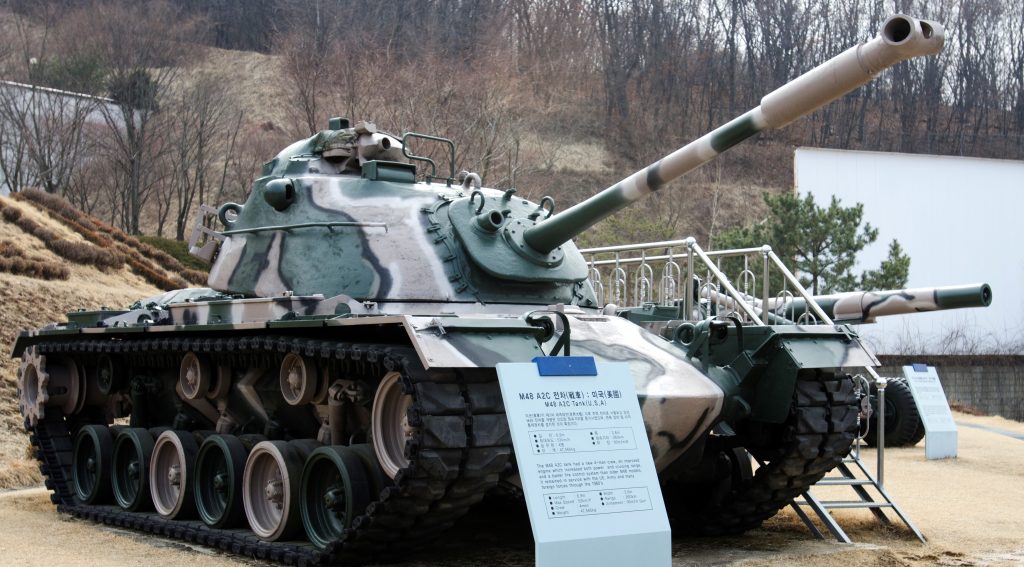“I study solar flares and I spent my career modeling them. We generally think of flares in terms of their size or their brightness, but we often ignore the part about their duration.”-Jeff Reep, U.S. Naval Research Laboratory
On 15JUN2021, the U.S. Naval Research Laboratory published a story concerning the expected increase in duration of solar flares, and the possibility that entire U.S. Navy (USN) fleets could be affected.

In a recent scenario a USN fleet was hit by a solar flare, destroying its electrical infrastructure and causing havoc to its electronic communications. The U.S. Naval Research Laboratory is working on a way to allow fleet commanders to conduct real-time forecasting of such solar flares, and to determine how long they will last. (Forecasting the Remaining Duration of an Ongoing Solar Flare)

21JUN2021, Indian Ocean. U.S. Navy photo by Petty Officer Third Class Jason Tarleton.
The USN scientists argue that how long a solar flare lasts is as important as how intense the flare is, yet we still can’t determine how long such solar events will last. The research is part of a NASA program called Living With A Star.
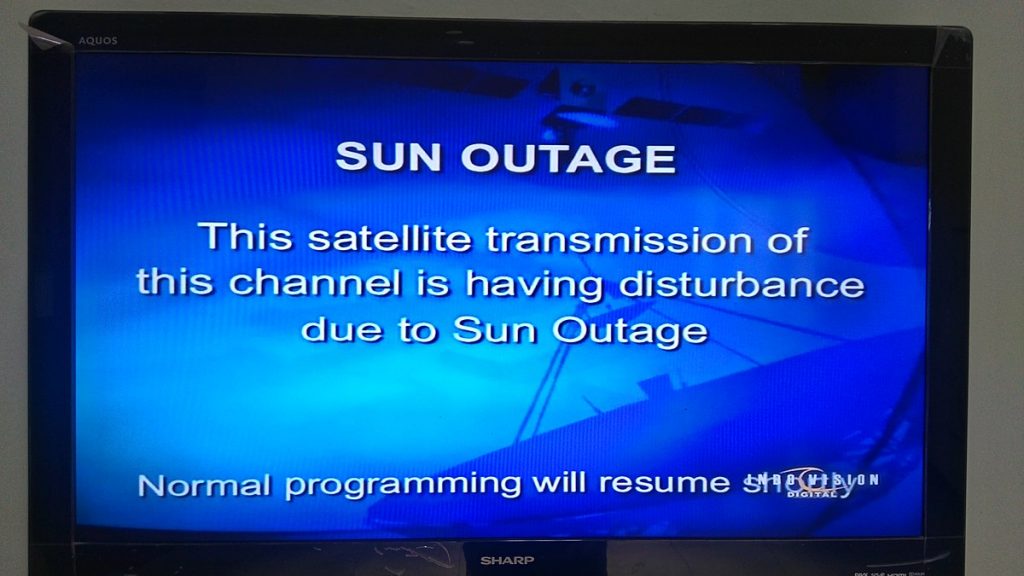 U.S. MILITARY WARNS, SUN WILL INTERFERE WITH YOUR HI-DEF TV
U.S. MILITARY WARNS, SUN WILL INTERFERE WITH YOUR HI-DEF TV














